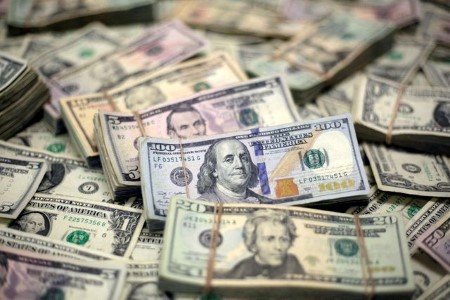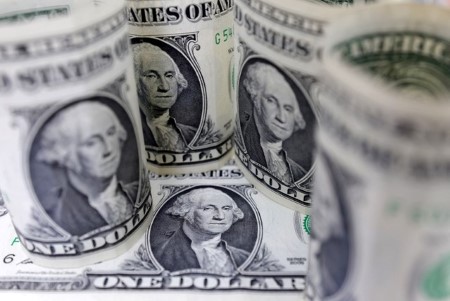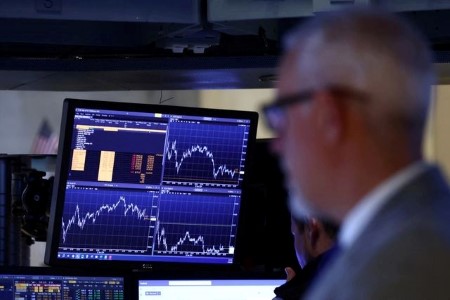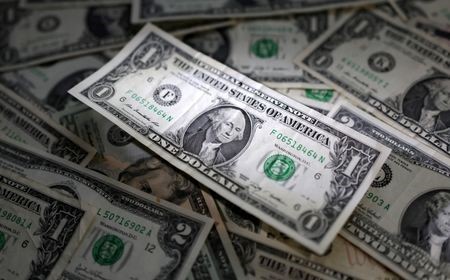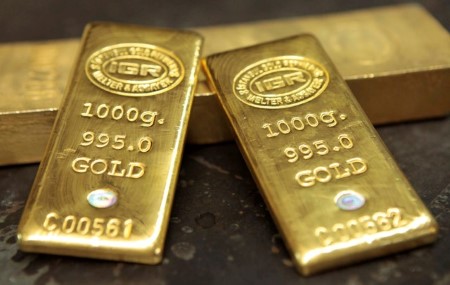HOUSTON – Oil prices fell more than 3% on Thursday on a Financial Times report that Saudi Arabia, the world’s top crude exporter, will give up its USD 100 price target in preparation for raising output, along with OPEC members and allies in December.
Brent crude futures settled down USD 1.86, or 2.53%, to USD 71.60 a barrel. US West Texas Intermediate crude finished down USD 2.02, or 2.90%, at USD 67.67 per barrel.
Saudi Arabia is preparing to abandon its unofficial price target of USD 100 a barrel for crude as it gets ready to increase output, the Financial Times reported on Thursday, citing people familiar with the matter.
Meanwhile, two OPEC+ sources told Reuters on Thursday that the producer group is set to go ahead with a December oil output increase because its impact will be small should a plan for some members to make larger cuts to compensate for overproduction be delivered in September and later months.
“They are overreacting to the story from FT,” said Phil Flynn, senior analyst for Price Futures Group.
Tamas Varga, analyst at PVM, said the report is about a preplanned unwinding of production cuts that will if implemented add 180,000 barrels per day (bpd) of extra crude oil supply each month.
“No doubt, it will loosen the global oil balance but at the same time it will reduce OPEC’s spare production capacity,” Varga said. “It will most probably lead to stock builds in 2025 and keep prices under moderate pressure. What is perhaps more important is whether it is the harbinger of a supply war within and outside the organization. If the answer is yes, a painful plunge to the USD 40/bbl area cannot be ruled out.”
The Organization of the Petroleum Exporting Countries, along with the group’s allies including Russia, together known as OPEC+, have been cutting oil output to support prices.
However, prices are down nearly 6% so far this year, amid increasing supply from other producers, especially the US, as well as weak demand growth in China.
“The prospect of additional supply from Libya and Saudi Arabia has been the main driver behind the latest weakness,” said Ole Hansen, an analyst at Saxo Bank.
A United Nations statement on Wednesday said delegates from Libya’s divided east and west regions agreed on the process of appointing a central bank governor, a step which could help resolve the crisis over control of the country’s oil revenue that has disrupted exports.
Libya’s crude exports have averaged about 400,000 barrels per day (bpd) in September, down from more than 1 million bpd in August, shipping data show.
News of a new Chinese stimulus package, however, limited further losses.
Top government officials in China, the world’s largest crude oil importer, pledged on Thursday to deploy “necessary fiscal spending” to meet this year’s economic growth target of roughly 5%, acknowledging new problems and raising market expectations for fresh stimulus in addition to measures announced this week.
(Additional reporting by Ahmad Ghddar in London, Gabrielle Ng in Singapore, and Katya Golubkova in Tokyo; Editing by Christian Schmollinger, Shri Navaratnam, Emelia Sithole-Matarise, Paul Simao, and David Gregorio)







 DOWNLOAD
DOWNLOAD





